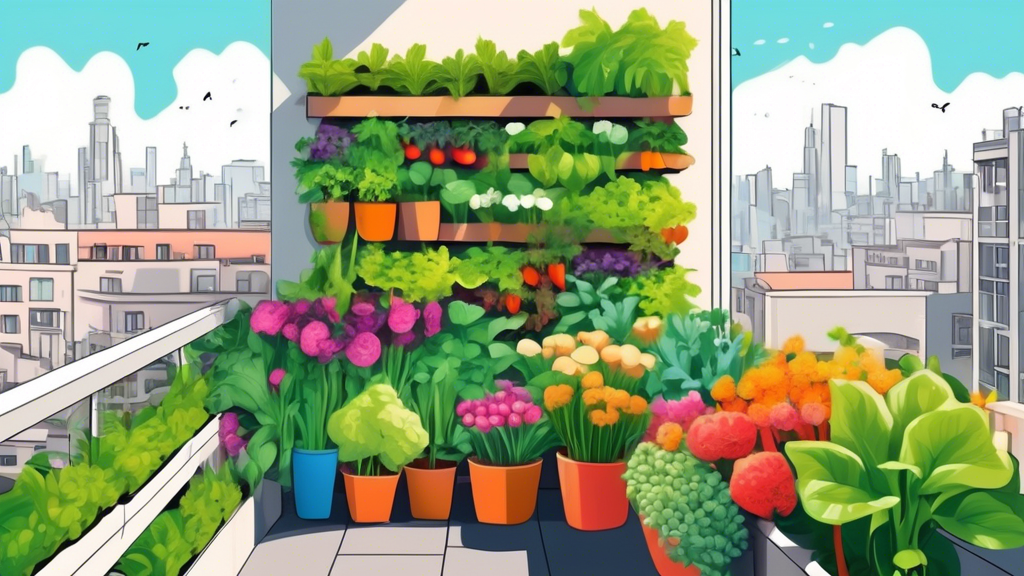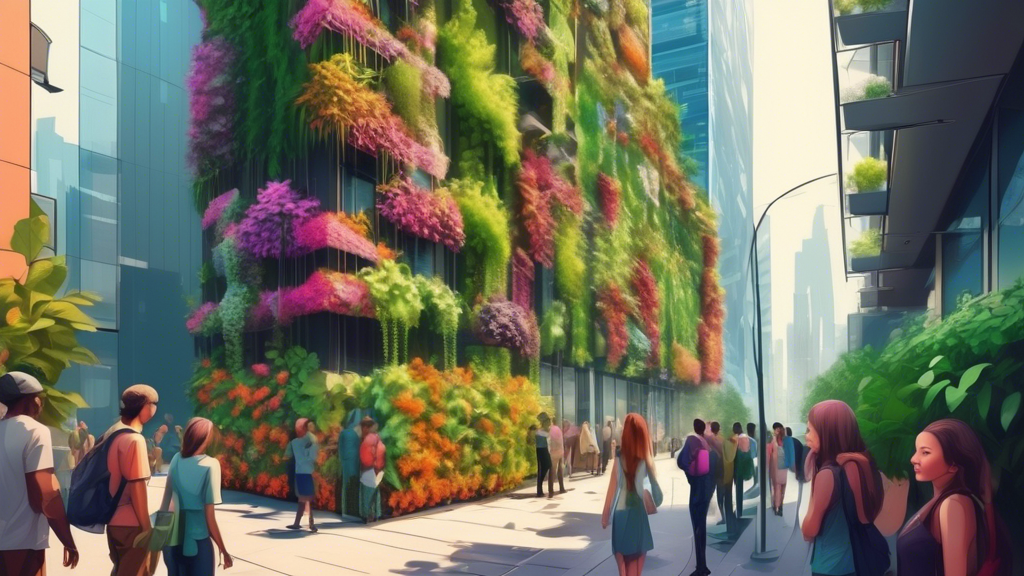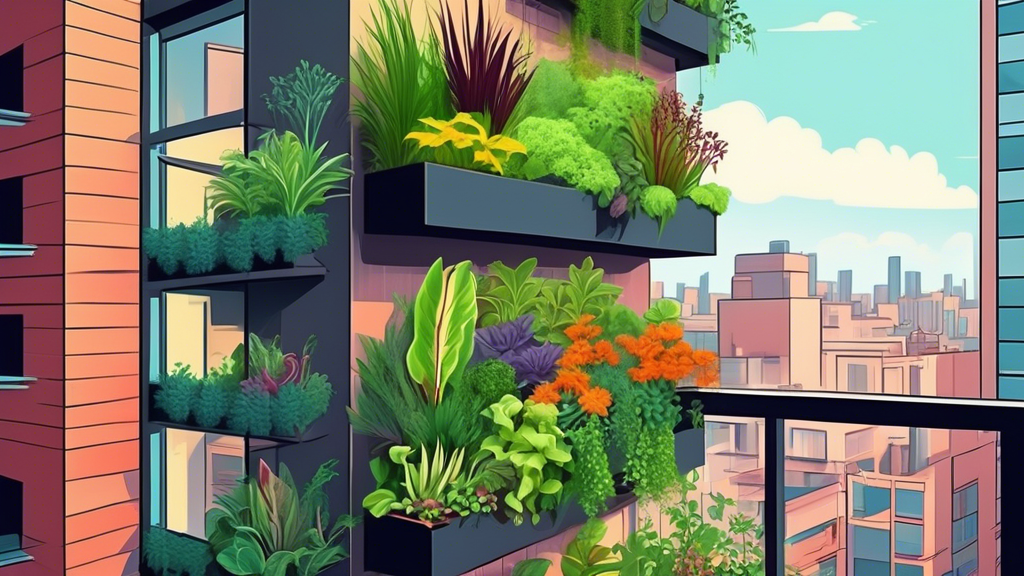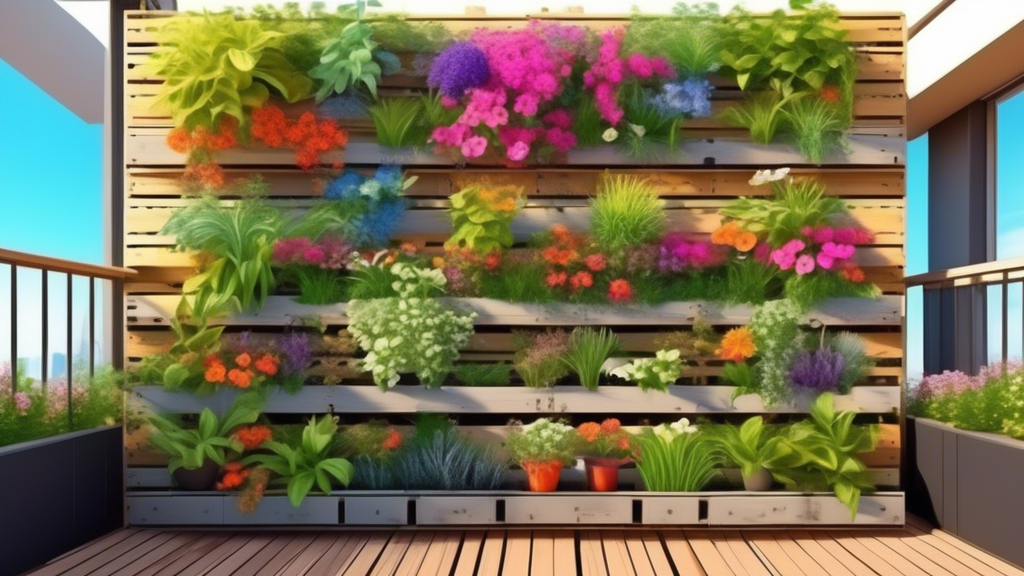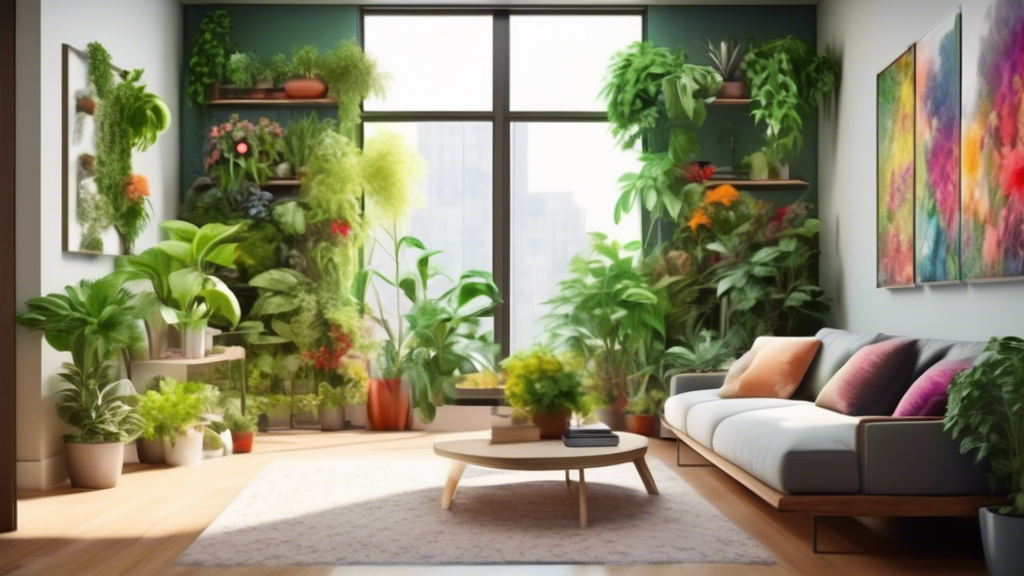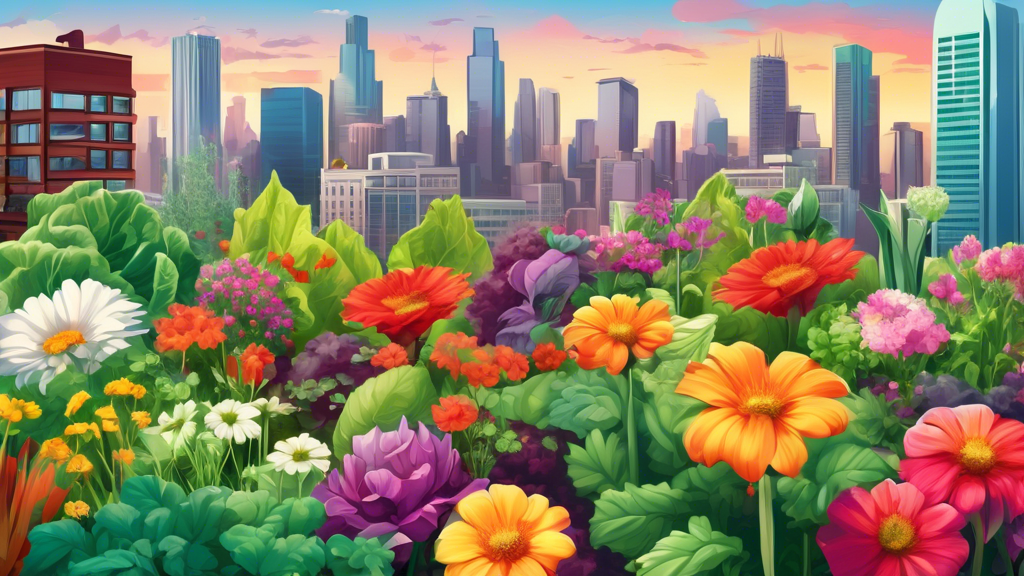
Understanding Your Urban Gardening Environment
Common Challenges for City Gardeners (And How to Overcome Them)
Urban gardening comes with a unique set of hurdles. Here’s how to tackle the most frequent issues:
- Limited Space: Maximize vertical space with wall planters, trellises, and hanging baskets. Choose compact and dwarf plant varieties.
- Limited Sunlight: Identify microclimates on your balcony or patio. Many leafy greens and herbs thrive in partial shade.
- Wind and Exposure: Rooftops and high balconies are windy. Select low-growing, sturdy plants and use windbreaks like lattice panels.
- Weight Restrictions: Be mindful of container weight on balconies. Use lightweight potting mix and plastic or fiberglass pots instead of concrete or ceramic.
- Pollution Tolerance: Some plants are more resilient to urban air quality. Look for species with thicker leaves or known air-purifying qualities.
Top Contenders for the Best Plants for Urban Gardens
Herbs: Flavor in a Small Footprint
Why they’re great: High yield, frequent use in cooking, and most varieties are naturally compact.
Top Picks: Basil, Mint (always grow in a container to control its spread), Chives, Rosemary, Thyme.
Unique Tip: Create a “Pizza Pot” – a single large container with a cherry tomato plant in the center, surrounded by basil, oregano, and thyme for a themed, space-saving garden.
Leafy Greens: Fast and Productive
Why they’re great: Quick to harvest, and many are “cut-and-come-again,” meaning you can harvest the outer leaves and the plant will keep producing.
Top Picks: Lettuce (all varieties), Spinach, Kale, Swiss Chard, Arugula.
Unique Tip: Use Shallow “Salad Boxes” instead of deep pots. Many greens have shallow root systems and will thrive in window-box-style planters, freeing up space for deeper containers for other plants.
Compact Vegetables and Fruits
Why they’re great: Plant breeders have developed many varieties specifically for small spaces and containers.
Top Picks:
- Vegetables: Cherry Tomatoes (like ‘Tumbling Tom’), Peppers, Radishes, Bush Beans.
- Fruits: Strawberries (excellent in vertical towers or hanging baskets), Dwarf Blueberries (require acidic soil mix).
Ornamentals for Beauty and Pollinators
Why they’re great: Add a splash of color, boost your mood, and attract beneficial pollinators like bees and butterflies to your urban oasis.
Top Picks:
- Flowers: Petunias, Marigolds, Geraniums, Nasturtiums (edible flowers too!).
- Foliage: Coleus, Ferns (perfect for shady spots), Ornamental Grasses.
Head-to-Head: Choosing the Right Plant for Your Spot
Full Sun Balcony vs. Shady Fire Escape
| Condition | Recommended Plants |
|---|---|
| Sun Lovers (6+ hours of sun) | Tomatoes, Peppers, Rosemary, Lavender, Succulents |
| Shade Tolerant (2-4 hours of sun) | Lettuce, Spinach, Mint, Chives, Ferns, Begonias |
Edibles vs. Ornamentals: Can You Have Both?
Absolutely! Embrace the concept of “Edible Landscaping.” Use visually striking edible plants as your primary decorative elements. Rainbow Chard with its colorful stems, deep purple Basil, or the structural beauty of a Blueberry bush can be just as ornamental as any traditional flower.
Pro Tips for Urban Gardening Success
- The Right Container is Everything: Ensure pots have adequate drainage holes. Consider material: plastic is lightweight and retains moisture, while terracotta is porous and dries out faster.
- Don’t Skimp on Soil: Always use a high-quality potting mix designed for containers. Never use garden soil, as it compacts and hinders root growth.
- Consistent Watering & Feeding: Containers dry out much faster than ground soil. Check moisture daily. Use a balanced liquid fertilizer regularly, as nutrients are quickly depleted in pots.
- Unique Tip: Embrace Succession Planting. As soon as you harvest one fast-growing crop (like radishes), immediately plant another (like bush beans) in the same container. This maximizes your yield and keeps your garden productive throughout the entire growing season.
Frequently Asked Questions (FAQs) About Urban Gardens
What is the easiest plant to grow in an urban garden?
Answer: Herbs like mint and basil, or leafy greens like lettuce and kale are incredibly beginner-friendly. They grow quickly, are forgiving of minor mistakes, and provide a fast return on your effort.
Can I grow vegetables if my balcony only gets 4 hours of sun?
Answer: Yes! While “full sun” crops like tomatoes and peppers may not be ideal, many leafy greens and herbs (like parsley, cilantro, and mint) will produce very well with 4-6 hours of sunlight, which is considered “part-sun.”
How do I keep pests away without using harsh chemicals?
Answer: Companion planting is a highly effective, natural strategy. Marigolds, for example, deter many common pests. For immediate issues like aphids, a simple spray made from water and a few drops of mild dish soap is often all you need. Encouraging beneficial insects like ladybugs also helps.
What are the best plants for a windy rooftop garden?
Answer: Opt for low-growing, sturdy plants that won’t get battered. Herbs like thyme, oregano, and rosemary are excellent. Ornamental grasses, sedums, and dwarf varieties of shrubs are also built to withstand exposed, windy conditions.
